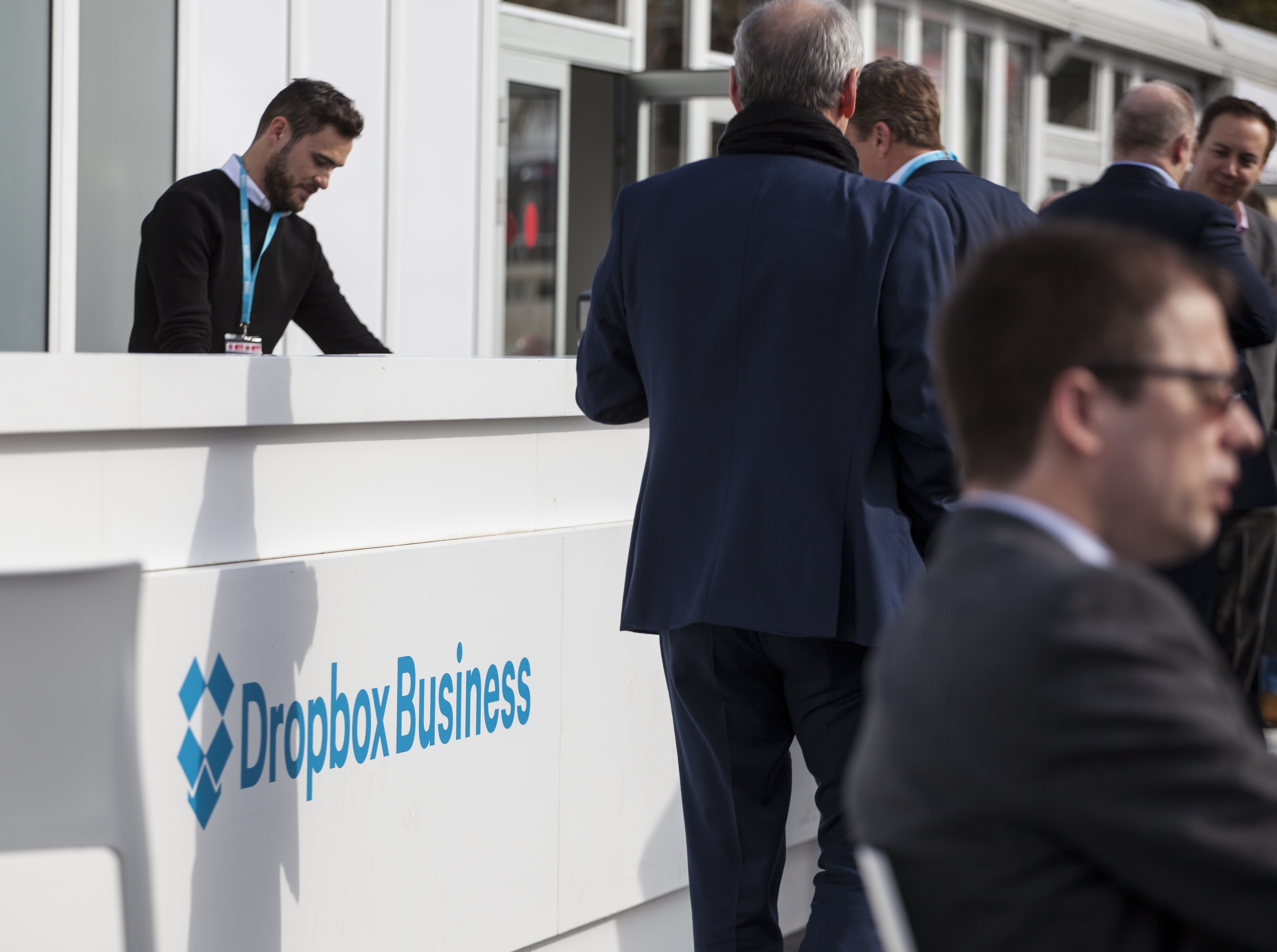Technology and cultural design: why you need an ethnographic approach

“Unfortunately, we see a lot of investment in high-profile technology that simply isn’t fit for purpose. This technology is often enforced on employees and they find workarounds because they simply don’t want to use it.” Felicity Heathcote-Màrcz, Senior Consultant – Cyborg Ethnography and Intelligent Mobilities, Atkins
With its basis in anthropology and the study of ancient civilisations, ethnography may be an unusual approach to take when looking at your technology ecosystem. But, by the ethnographer immersing themselves in the worlds of your people and the culture of the business, there are some real benefits to be found, particuarly when it comes to technology and cultural design. To find out more about this intriguing and emerging field, we spoke to Felicity Heathcote-Màrcz, Senior Consultant at Atkins.
Felicity is what’s known as a cyborg ethnographer. It’s an unusual title for a role that should perhaps be fundamental in any technology deployment, digital transformation or business culture shift. Why? Because she specialises in the immersive study of material, social and political relations between technology and people. “My background is in the financial sector and working with big banks,” says Felicity. “I spent two years studying a global bank, researching their technology functions and teams, predominantly based at one strategic centre in the UK, but reaching across global technology hubs. I would work with tech teams and HR before producing comprehensive reports providing recommendations on solution design and how to get the most from their technology investments.”
As digital technologies proliferate and businesses find themselves embroiled in transformation projects, there is a tendency to get wrapped up in the technology. It means that employees, the ones actually engaging with and using the technology, can be forgotten in the equation. “New technologies fascinate me,” explains Felicity. “When deployed correctly, new systems can have a transformational impact on a business, helping them forge a new future. But too often, there is a belief technology itself will drive the change and people in the business aren’t educated properly on how to use it or worse still, not shown at all.”
How do you create digital innovation in the workplace? 10 experts share their top tips
Download the eBook now!In a recent conversation with Melissa Sabella, CEO of The Honeycomb Works, this exact point was raised. Melissa explained how companies, “… get caught up in huge change programmes but don’t give people the chance to adapt their daily habits and behaviours. It results in unhappy teams that are less effective…”. It highlights the need for leaders to engage teams earlier in technology projects and raises the point that if left to their own devices, and not given the right education, people may develop work arounds that cause harm to the business. Or worse still, a new technical system is implemented on their teams without engagement and discussion from decision makers as to what tools would really help them do their jobs.
“What I often find is that the most valuable part of ethnography is that it is an outsider holding up a mirror to the culture,” says Felicity. “That in itself can be revolutionary for some organisations. Finding out how things are actually happening, how technology is being used, or the language that individual teams have adopted can help shed light on quick wins and longer term development plans for the business.”
As part of her work, Felicity spends a great deal of time immersed in businesses, observing all aspects of the working day and the company. “Ethnographers will shadow, conduct interviews, ride along, observe artefacts such as dress codes, and just watch without imposing themselves,” explains Felicity. “Culture to the business is like a fish in water, if you ask the fish how the water is they don’t know because they live in it. Our role is to show them the culture and report back.”
“Unfortunately we see a lot of white elephants,” continues Felicity. “A lot of investment in high-profile technology that simply isn’t fit for purpose. This technology is often enforced on employees and they find workarounds because they simply don’t want to use it as it actually makes their job more difficult, not easier. This is negative for efficiency and business outcomes too.”
So how do you approach new technology deployments? How do you ensure you are not only choosing the right technology for the business, but you are deploying technology your teams are going to use? And then, how do you keep them using it? With new technologies unavoidable in business, we asked Felicity for her top tips to keep businesses evolving and growing:
1. Understand exactly where you are as a business
“You need to know how technology is being used in the organisation right now,” says Felicity. “Only when you truly grasp what people are doing with the technology you have can you make the right decisions for the future and prevent yourself from believing that because nobody is complaining to you, everything is fine.”
2. Recognise all the many cultures of the business
“There is your prevailing business culture which is depicted from the very top of the business, but that isn’t the only one,” says Felicity. “Each team will have its own culture, each satellite office will have its own ethos and individuals will also have their own working preferences. If you are going to deploy new technologies, you must work with all these cultures to design something that works for all.”
3. Provide a vision that works for everyone
“The vision that you provide for the business is essential,” says Felicity. “Providing something that your teams can get behind and giving them a journey they can all embark upon together is key. When you have this and can demonstrate the role technology plays in this vision, you should instil a real need for your people to use it and prevent it being used in the wrong way.”
According to Felicity it has never been more important for businesses to understand their people and design solutions that work for them. “By working with a cyborg ethnographer you can collect a wealth of social and technological information to help shine a light on areas of your business that you weren’t aware of. Using this feedback you can provide more tangible solutions and thoughtful recommendations, helping guide the business through difficult periods of change and transformation.”
If you would like to find out more information on how cyborg ethnography could support technology and culture change for your business you can contact Felicity at: felicity.heathcote-marcz@atkinsglobal.com
For more stories on how to improve the working culture of the business, head here. Or, for more advice on how to grow your business, check out our top tips section.





